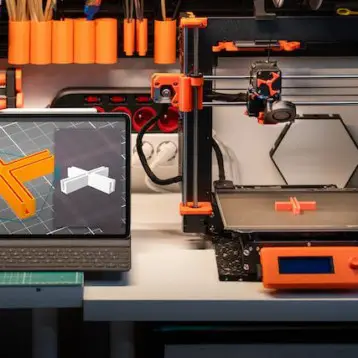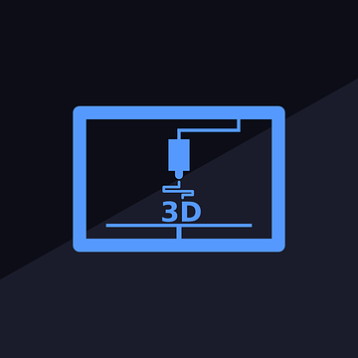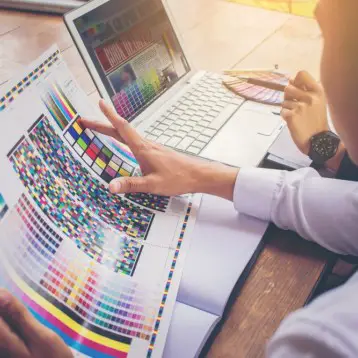Prototyping, a systems development method or SDM process, involves the creation of a prototype in order to model. There are several distinct steps in creating a new product, which include gathering system requirements, quick design, building the prototype, evaluation by users, and then refinement and engineering for a final product.
The introduction of 3D printing and other technological advances have made the process of prototyping accessible and affordable for all types of product designers and small businesses. 3D printers are today more accessible to consumers, making it is possible for innovative products to be created, tested and delivered to the market at a lower cost for manufacturers and consumers.
A closer look at the changing landscape for rapid prototyping, including a look at emerging technologies and the important role prototyping plays in manufacturing new products, is needed to understand what the future holds for this process.
The Importance of the Prototyping Process
The prototyping process is an essential aspect of manufacturing. Before a product can be mass produced, it is important to understand its dimensions, how it will be produced, its individual components and how end users (customers) will interact with the product. A prototype gives a project added value and credibility when approaching investors with the capability to mass produce a project. Having a working prototype offers something tangible to present to a potential business partner.
The Recent Growth in Rapid Prototyping
3D printers were once only available to large industrial companies who could afford the technology. As patents expired on older technology, newer machines were created that leveled the playing field for those who have an entrepreneurial spirit and have learned to take advantage of new technology to create, design, and modify new and existing products. The drive towards rapid prototyping has moved from large R&D facilities to the basement and garages of individual inventors and small companies. The need to invest tens of thousands of dollars to create a viable model of a project has been drastically reduced to pennies on the dollar.
Technological Advancements Creating Opportunities for Individuals and Small Companies
The technological advancements that have transferred the creation of products in this new paradigm from large users to smaller ones include not only hardware (3D Printers) but also software and design schemes that are accessible online. Cloud computing and social networking communication tools (i.e. Skype, Google Hangouts, etc.) have created a vast network of tinkers and other like-minded inventors who are able to instantly share their ideas and stories.
Technology continues to evolve, coupled with a move toward devices that are able to mine data autonomously. As the Internet of Things or IoT continues to proliferate, the future of product creation will evolve as products will need to communicate and interact with users and other devices in real-time.
What are your thoughts on the future of product design? Sound off in the comments and share your input.










